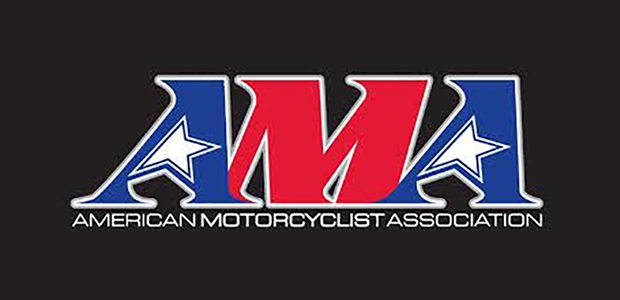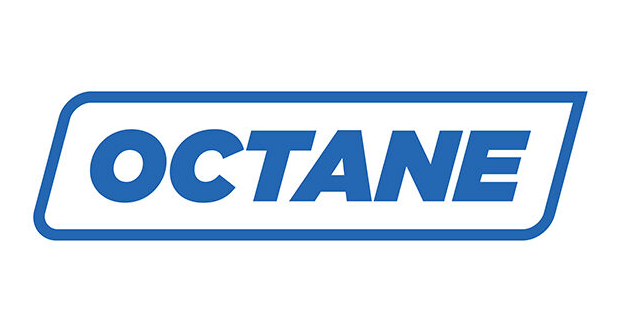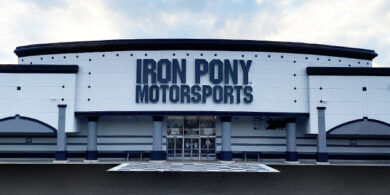Mar. 31, 2008 – The real life pains of success
By Neil Pascale
Editor
ALBUQUERQUE — This could be a feel-good story. A story of retail triumph. And for P.J. LaMariana, in many ways it already is.
His vision of bringing a European dealership into a modest-sized U.S. market has proven to be a revelation. His year-over-year revenue growth during the past five years mirrors one of those retail clichés where a thick, red line shoots up a chart and ends with an arrow pointing upward.
But beyond the sales escalation and the good faith customer service efforts that have rippled from the Albuquerque dealership is a more disturbing predicament. LaMariana is beyond frustrated at the stresses and failures he sees within his daily business operations. Escalating inventory flooring prices. Staffing crises. Accounting nightmares. Growing industry complexities.
It’s enough for the Brooklyn native to tug on his slightly frayed, red New York Giants hat repeatedly before admitting something the industry as a whole ought to take very seriously, “If it stays the way it is, I don’t want to do it anymore. It’s not worth it. I can do something else. It’s really that miserable of times, and I think a lot of dealers would probably tell you the same thing.”
The project
LaMariana is the subject of a new, multi-company project that’s slightly comical name — “The Italian Job” — does not mirror its serious and important intent: to turn around a dealership’s business performance. The project is being conducted by Ducati North America (DNA) and the RPM Group, the industry’s largest 20 group provider. The two companies will work closely with LaMariana and his staff during the next 15-month period to put in place best practices and then chart how those affect the store’s profitability. Powersports Business will run at least quarterly reports on those efforts and publish the final results, including detailed financial comparisons.
DNA conceived the program after hearing its dealers highlight business challenges in 20 groups being run by the RPM Group.
“There were some very, very common problems that each of them were having that we as a manufacturer do not typically have visibility of in selling the bikes,” said Nick McCabe, business development manager for DNA.
Some of those problems were grossly overspending in certain expense categories while underperforming in certain revenue-generating areas. Rather than respond to these problems by dictating a certain course for its entire network, McCabe says DNA wanted to work with one dealership to delve further into the problem areas and the potential remedies. So, the manufacturer asked its dealer network at its annual North American meeting last summer for dealer principals who were interested in having their daily operations examined and potentially altered. Ultimately, only one would be selected. McCabe said DNA wanted to “identify a dealer who had a strong mindset, strong desire to improve and really do better for himself.”
More than 20 percent of DNA’s dealer principals stepped forward to fill out an application for the program.
DNA settled on a 5,000-square-foot dealership that features an employee base that fluctuates between 14-20-plus depending upon the season and a dealer principal in LaMariana that is constantly onsite and active in the store’s business affairs.
Perhaps the biggest draw DNA saw in the Albuquerque store was something LaMariana penned himself in his Italian Job application: “Our biggest success has been proving that a Euro dealer can thrive in a smaller market and be a national leader,” LaMariana wrote. “The biggest failure is that after nearly five years and over $16 million in revenue, we have no money in the bank.”
The beginning,
The idea that the dealership has not banked any profit since it opened is probably a bit of a stretch. LaMariana acknowledges as much when he discusses the roots of the operation. In the spring of 2003, he opted to leave his sales and marketing position at a guitar amplifier manufacturer to open a retail business. At the time, he looked at the music and restaurant industries, both of which he had experience in, as well as the motorcycle world. LaMariana, who bought his first street bike at age 17, ultimately selected the industry that he believed had the most personal risk and reward.
“I went into it completely blind,” he said.
And with very little money.
Three employees, including LaMariana, and a whole lot of empty space greeted consumers on the grand opening of P.J.’s Triumph.
“We have to be profitable because we were completely under capitalized,” LaMariana said of his store’s beginnings. “So just being here means we actually made money.”
In fact, LaMariana’s notion that the area’s European motorcycle market was being underserved proved to be an understatement. Even without a full calendar year, the store netted approximately $700,000 in sales in its first year. That climbed to approximately $2 million in its second year and $3 million by 2005.
“Up to the $3 million, it was fairly manageable with a real small staff,” LaMariana said. “You could do it and it was easy to make money. Then you get to a point where all the things that you have to watch out for, you don’t have enough eyes to look at it for yourself. You need more and more help.
“As the business has grown, it has gotten more and more complex. There’s a lot more at risk and a lot more balls in the air.”
Not to mention the stress, both from financial and staffing challenges that only seem to worsen.
Last year, almost all of LaMariana’s efforts at improving daily operations imploded. A local agency was hired to handle marketing, and fired a short time later after managing to spend nearly a year’s worth of marketing money in a matter of weeks. An effort to improve accounting practices by adopting Lightspeed went south because the then-office manager couldn’t handle the new software. The manager was later fired, although the accounting errors linger to this day. Also dismissed was the general manager, who “didn’t work out well.” Then there were the problems in the F&I area, the sales department management “wasn’t good” ….
“I’m tired of doing it the way I’m doing it,” LaMariana says. “Outwardly, there’s a lot of success at the store. We’re a great dealership that sells a lot of bikes. We have a great reputation. It looks good, but on the inside it’s a nightmare.
“I would have to think that we’re far from being alone in this situation.”
He’s not alone
In fact, he’s not alone. Far from it, says Sam Dantzler, the president of the RPM Group.
“It’s very common,” Dantzler says of the growing pains many dealers face after an initial surge of year-over-year revenue.
“He’s running all of his people at 110 percent and they’re doing all they can, and they’re bringing it in,” Dantzler said of LaMariana’s staff. “But they’re stepping over dollars to pick up nickels sometimes because they’re letting it all go out in profitability, as far as retention of the dollars they’re bringing in.
“I think he realizes that but never knew where to go for the answers. And that’s so common with dealers. They understand some of the problems they’re facing. They know that, ‘Hey I can put my finger on the deficiency, but I have no idea on how to turn it around.’ Some simple basic processes are all it’s going to take for him” to turn around his dealership’s profitability.
“The profitable dealers that we have (at RPM Group), it’s not magic how they’re doing it. They have structured, rigid process pieces that you cannot deviate from. And the process runs the department so the people can complement the process. And it makes you that store that many dealers aspire to be. They’re just not there, and it’s not because of willingness or want or people. It’s because of a lack of process.”
Dantzler and his staff at RPM Group will work in the months to come with LaMariana in implementing some of those processes, which are not only geared at making a business more profitable but more manageable to run. The latter is especially key to LaMariana, who is quite open and honest about the frustrations he sees both at his store and at others.
“We have to get it together because quite frankly I can’t do this … every year with the highs and lows, struggling to put it all together,” he said. “It’s all honestly not worth doing. You can make a good living, but the stress is ridiculous.”
(Editor’s note: In the coming months we’ll look more closely at what processes will be put in place at P.J.’s Motorcycles and how those processes have an impact on his bottom line and management frustrations.)




